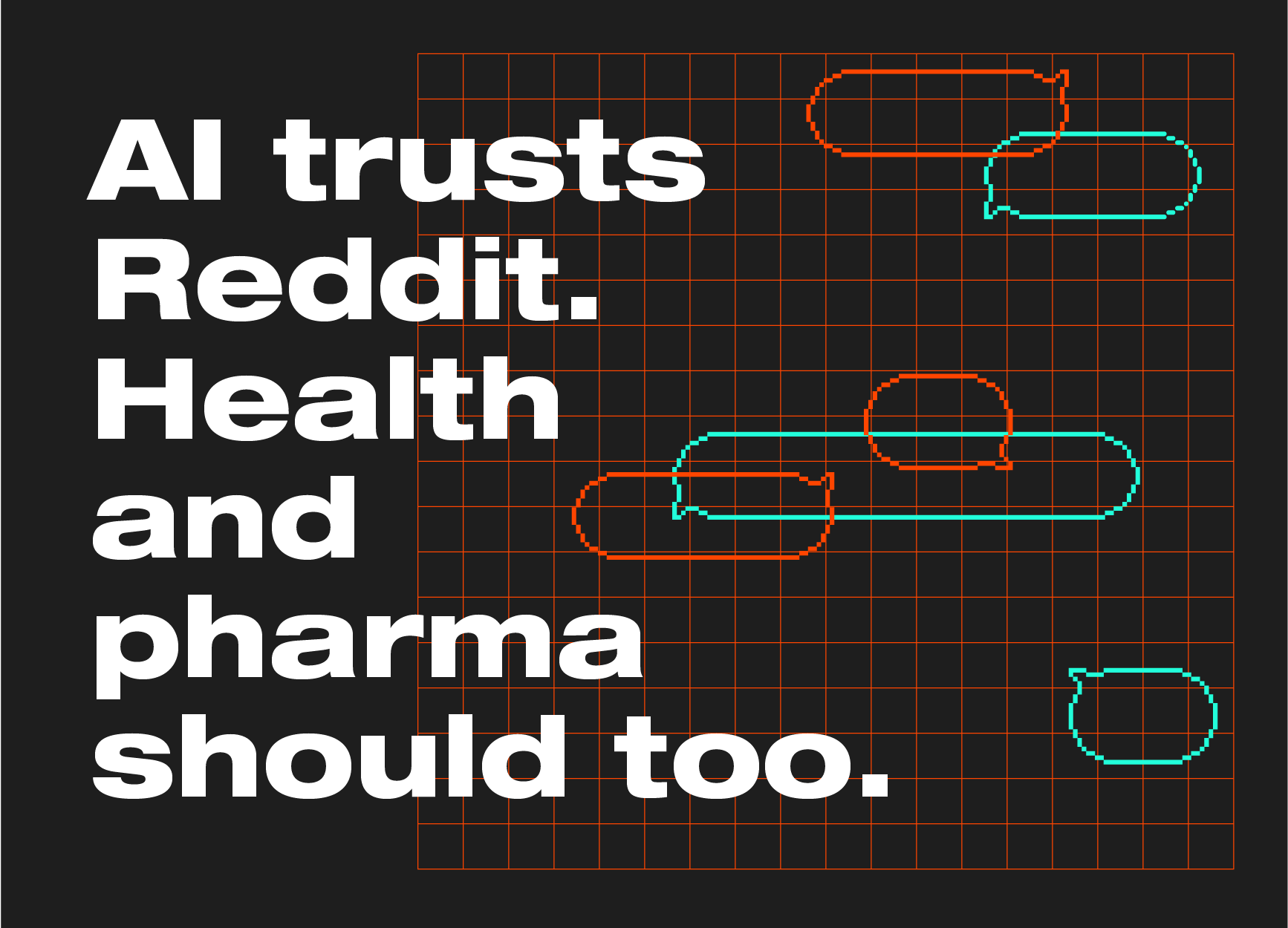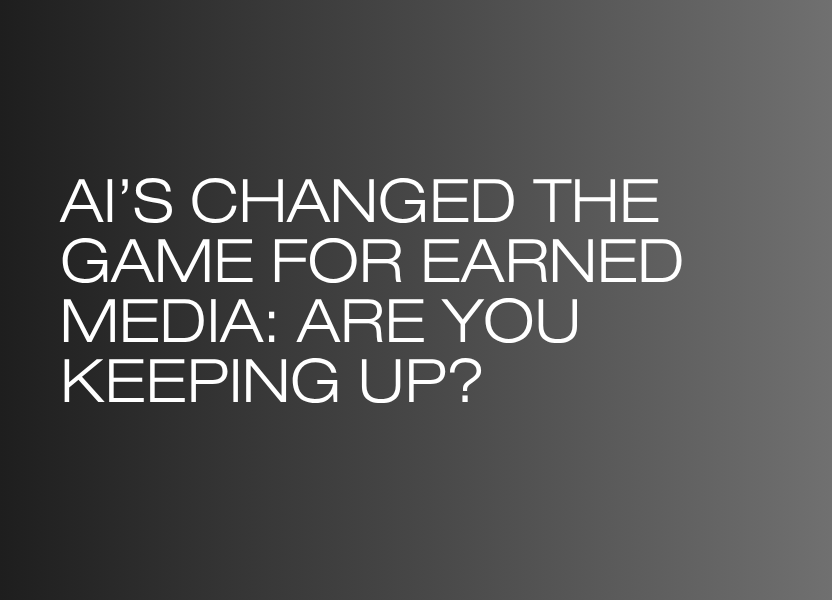Inclusive by design
Whether reluctantly or willingly, the world has come to see that digital solutions are necessary for the modern patient to consume data, engage with services and modulate behaviour. But how can we ensure inclusivity? How do we keep healthcare from being only accessible by the few that can afford the shiniest technology?
Earlier this summer, we had the privilege of speaking to Ben Finlay, Publicis Health Chief Innovation Officer; Umang Patel, Chief Clinical Information Officer at Microsoft and Mike Trenell, CEO of Changing Health, an organisation that provides patients with digital support.
We started with a simple observation: with healthcare providers increasingly adopting online tools, full digital inclusion is non-negotiable if we want true health equity. But digital inclusion goes beyond just getting online. To serve the people who need digital healthcare the most, it will take a lot more than a Wi-Fi signal and a tablet. Digital empowerment through education is a start, but making sure consumers can use that power to benefit their lives is our challenge.
Access isn’t the problem, design is
Over half of Europeans (55%) already research health issues and healthcare products on the web (eurostat). And it is not just younger generations – in the US, 73% of ‘digital seniors’ (people aged 55 and over) say they go online to improve their health and wellness (Think With Google).
Preventative digital care models are key to supporting healthy living for ageing populations, believes Ben Finlay, both to help people build basic health literacy, and reinforce self-care behaviours.
“It’s no longer the case that access to digital technologies is a barrier across certain ages and socioeconomic categories,” says Mike Trenell. “We need to understand more about how those different groups use the technology. That’s where I see the biggest challenge.”
Umang Patel agrees that the people who need digital health services the most are the ones who aren’t using digital tools in the best way. “We used to worry that people didn’t have mobile phones, but we now know that isn’t the case,” says Umang. “Something like 75% of homeless people have mobile phones. The problem is that some people don’t know how to use them.”
The need to support hard-to-reach groups was a sentiment shared by one of the health experts interviewed as part of qualitative research conducted for Langland during 2021 by the global market research agency Ipsos MORI. “There are people who may have issues with handling something as complex as an app – for example people with learning disabilities or people with mental health problems,” they told us. “Inevitably, some people will be left behind.”
That said, we are seeing some great progress, points out Ben Finlay, with the transition to ICS teams within the UK NHS; primary, secondary, community, and council teams co-commissioning initiatives that ensure basic access to digital services and drive digital literacy to minimum viable standards.
A design for life improvement
The starting point for any strategy should always be, ‘what need are we trying to address?’. In the world of the connected consumer this means that, to effectively improve outcomes, any solution we create must be designed in a way that everyone in the target group can use.
According to Mike Trenell, the industry therefore needs to think about how to solve the health inequalities driven by digital exclusion. “[Pharma] needs to be thinking about the causes and the drivers of chronic disease, and how it can design digital tools to address those drivers for hard-to-reach groups,” he says.
In consumer-land, Google and Amazon are the giants of behavioural insights. They could serve as fruitful partners to pharma in getting those who are currently excluded onboard with digital health, and the potential for collaboration between these firms and drug companies was raised by nearly everyone on the Ipsos panel. But are they able to bring sufficiently specialised insights needed in, for example, a rare disease?
Both Umang Patel and Mike Trenell say that the product design problem is one that pharma itself needs to own. “When you’ve got your product team designing things, they design a lovely product that everyone you work with thinks is great,” says Umang. “Instead, the people in the underserved groups you want to reach should be designing that product with you.”
Inclusive digital design: four things to think about
- Design with empathy. Think about the end user first. Each patient, family member, carer and HCP has different emotional, physical and technical needs. Only after identifying these needs can we make sure we are addressing them effectively.
- Design and test digital tools with real people. Work with subject experts and representatives of the audience, either to design, or at least test, the solution. Listen, amend, and observe.
- Design for the outcome – a core point on the NHS’s digital design principles [service-manual.nhs.uk]. In other words, exactly how do you want to impact the health and wellbeing of the people you’re trying to reach?
- Stop viewing digital inclusion as a bolt-on. “Pharma companies can’t just ‘add on’ digital inclusion in a separate team,” says Mike. “It needs to come from the C-Suite and filter all the way down: boards must focus on the accessibility of education, information and services their organisation is creating and delivering to keep abreast of the causes of health inequality.”
While the pandemic has hastened the global digital transformation in many sectors, it has set a firecracker under it in healthcare. But as our conversation highlights, digital for the sake of it is, at best, pointless. We need to make sure that every digital tool adds value for healthcare professionals, answers the challenges of our clients and improves lives for patients and caregiver groups in the community. Making sure each of these groups are represented through phases of co-creation, and delivering on shared goals, is the way to ensure health equality and a digitally inclusive future.




